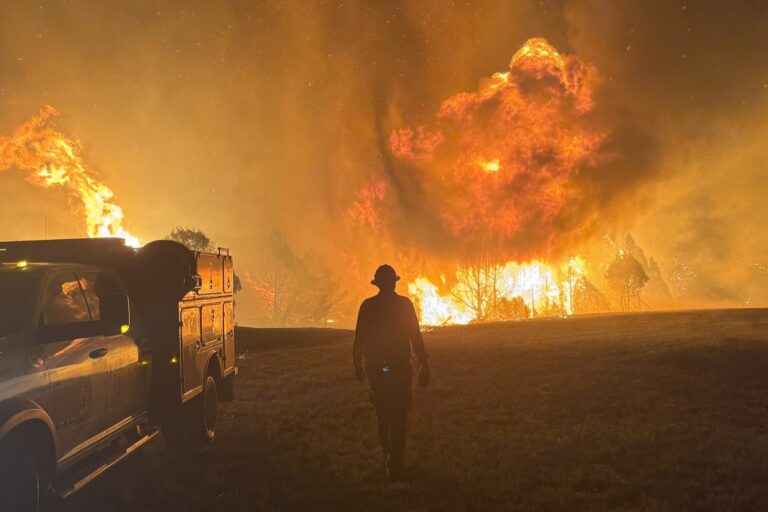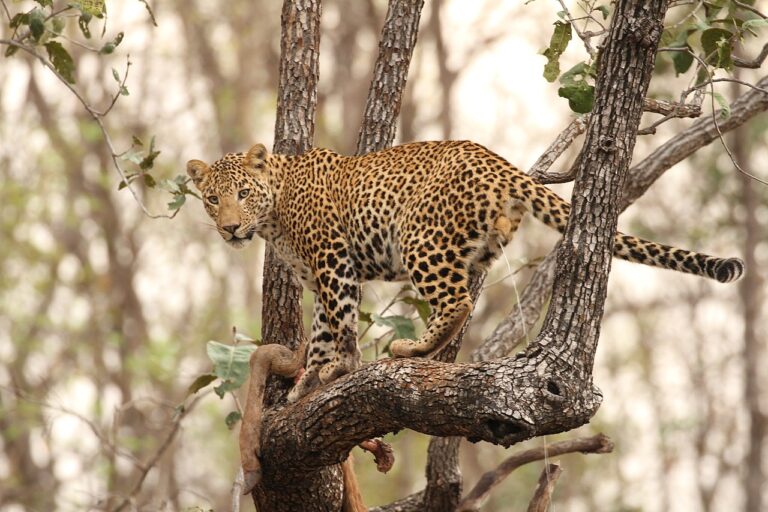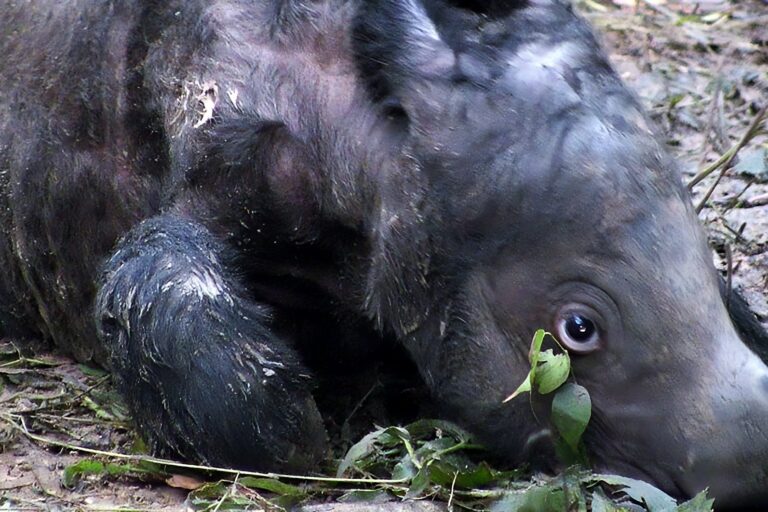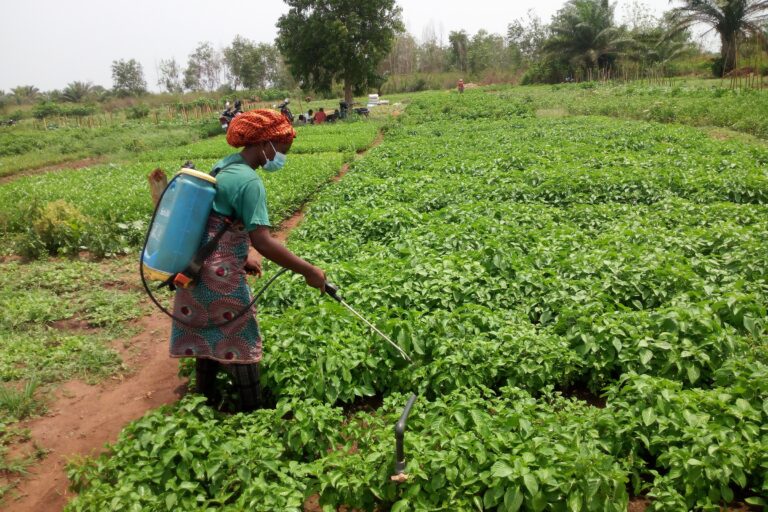- Exclusive data obtained by Mongabay shows that Canadian miner Belo Sun has 11 survey applications pending with Brazilian authorities that would directly impact two indigenous reserves in the state of Pará, and continues to survey despite ongoing legal challenges.
- The project is expected to be the largest open-air gold mine in Latin America, extracting 74 tons of the mineral over 20 years of operation, in a region already heavily affected by the Belo Monte hydroelectric dam, deforestation, land speculation, and a recent escalation in violence.
- The proposed mine remains in limbo for now, thanks to a series of legal challenges by state and federal agencies that have resulted in its installation permit, a prerequisite for obtaining an operating license, being suspended.
Canadian mining company Belo Sun continues to survey for gold inside indigenous territories in the Brazilian state of Pará despite legal actions brought against it, according to exclusive data obtained by Mongabay.
The information, including a map received through a freedom-of-information request, show that Belo Sun has 11 applications pending with the National Mining Agency (NMA) that would directly affect the Arara da Volta Grande do Xingu and Trincheira Bacajá indigenous reserves.
But even with permission withheld, the information suggests Belo Sun continued to prospect for gold and make bureaucratic advances in 2018 and 2019.
The project is slated to be the largest open-air mine in Latin America, with 74 tons of the gold expected to be mined over 20 years of operation. Belo Sun intends to invest 4 billion reais (about $800 million) in the project located between the cities of Altamira and Senador José Porfírio in the Volta Grande do Xingu region.
The region has already been heavily affected by construction of the Belo Monte hydroelectric dam, as well as deforestation, land speculation, and a recent escalation in violence.
Belo Sun, listed on the Toronto Stock Exchange, is part of the Canadian group Forbes & Manhattan Inc., a privately held company with extractives projects around the world, including gold in Africa, ferrous metals in Ukraine, and copper, oil and gas in North America. In Brazil, in addition to Belo Sun, it also has a shale gas operation and a potash project.
The latter’s potassium mine in Amazonas state has also racked up a number of socio-environmental violations and has also applied to exploit indigenous territory, Mongabay reported previously.
Company denies impact on indigenous peoples
When Belo Sun presented its Volta Grande gold project in 2012, the Federal Public Ministry (FPM) of the state of Pará found inconsistencies in its environmental impact report. The study commissioned by the company ignored the presence of indigenous peoples in the area, which was detailed in the project for the neighboring Belo Monte dam.
“There is no mention because there are no indigenous communities in the region,” said Hélio Diniz, Belo Sun’s vice president of exploration at the time.
The facts say otherwise. When asked by Mongabay for comment on its applications to mine on indigenous lands and the alleged violations listed in the lawsuits brought against it, Belo Sun declined to respond.
On the company’s blog dedicated to the project, Belo Sun says a team led by anthropologists has been operating in the project’s region for several weeks. “We have not identified any impacts on the physical and biotic environments, nor socioeconomic and cultural interactions affecting the environment and indigenous peoples that live there,” the company says.
In a note, the NMA said all the mining applications were for land surrounding the indigenous territory. It conceded, however, that because the boundaries for these territories were still being reviewed by the National Indian Foundation (FUNAI), “there is a small overlap at times.” The NMA said it was nevertheless limiting its consideration of the applications to areas outside the reserves, even though its own maps and records show otherwise.
FUNAI, in a response to Mongabay, denied any role in these overlaps, saying “there have been no requests to review the boundaries of the Trincheira Bacajá and Arara da Volta Grande do Xingu indigenous reserves.”
Legal challenges over license-issuing authority
In 2017, the office of the secretary of the environment in Pará state, known as Semas, issued an installation permit to Belo Sun, one of the prerequisites for obtaining an operating license. That prompted a series of legal challenges filed by the public ministries and the public defender’s offices at both the state and federal levels.
In their filings, the agencies questioned not just the direct and indirect impacts on the indigenous lands located in the region, but also the mining company’s takeover of federal lands that include settlements under INCRA, the land reform regulator, as well as the expulsion of residents from their homes and environmental degradation.
Semas’s authority to issue permits is also problematic: in 2018 a federal judge ruled that because of the proposed mine’s inevitable impact on indigenous territory, the licensing decision should be made by IBAMA, the federal environmental agency. Two months later, in November 2018, another federal judge suspended that decision, effectively handing the authority back to the state environmental agency.

Permit suspended
In November 2019, a court approved a precautionary action filed by the Pará state public defender’s office to suspend the installation permit, citing non-compliance with the licensing requirements.
Andreia Macedo Barreto, from the Pará Public Defender’s Office, told Mongabay that the impacted indigenous peoples include those living on the land in question as well as those scattered along the Xingu River, and that Belo Sun has an obligation to respect and consult with all of them.
She said the state of Pará is aware of several mining surveys already taking place, but that “Belo Sun is acting as if it were entering a no-man’s-land.” Even with its permit suspended, the company has “sway with the Court of Justice of Pará,” as well as ties to the governor, the secretary of the environment, mayors and other local politicians, Barreto said. “This helps the developer make its projects viable,” she added.
Belo Sun’s applications to the National Mining Agency also raise suspicions, she said. “The lack of control, mainly regarding surveying, is a problem. The NMA has no communications with the environmental agencies involved with the permit processes, which are different. This can be tragic because no one is able to monitor effectively due to their thousands of tasks. Each agency sticks to their work and things end up getting approved,” Barreto said.
The lack of inter-agency coordination has been exacerbated by heavy cuts to government institutions like the NMA, IBAMA and state secretariats, which are insufficiently staffed to deal with all the pending applications. “It is necessary to keep in mind that we have 21,707 mining petitions in the state of Pará and this is just one in the stack that needs to be analyzed,” the NMA told Mongabay in response to a question about one of Belo Sun’s applications.
Barreto said companies often take advantage of the weak regulatory regime to carry out their surveys. The legal and political insecurity benefits miners, who file applications, do research, define projects, and get everything ready to begin mining the moment the first opening appears.
“This way they already know where the minerals are located. And this surveying often takes place in an evasive manner,” Barreto said. “They go in, nobody knows they’re from a mining company, but the NMA authorized it. In the case of the indigenous lands, the attack is clear.”
She said it’s very difficult for local authorities to resist the mining industry, thanks to the millions of dollars in royalties that beckon for municipalities, states and the federal government.
“The financial side is very strong. The company gets organized and finds allies. This makes it so they have an interest in keeping the jurisdiction for permits at the state level, not only judicially, but in its realm of influence,” Barreto said.
In Pará, Semas cited the anticipated economic boon to justify the approval of Belo Sun’s installation permit in 2017. It declared at the time that “there will be more than 60 million reais [$12 million] in mining royalties alone over 12 years. Of this total, 65% will go to the municipality.”

‘Incalculable consequences’
Semas did not respond to Mongabay’s inquiries about the mining applications and their overlap with indigenous lands. It said only that Belo Sun’s installation permit remains suspended pending the completion of a study of the impacts on indigenous communities.
Last October, the Federal Public Ministry issued a recommendation to the government of Pará to suspend all permits for Volta Grande do Xingu due to the multiple impacts caused by the construction of the Belo Monte dam. In late November, the Federal Public Ministry requested the urgent cancellation of mining processes on 48 indigenous reserves in the state.
The ministry called on Semas and the state of Pará to take precautionary measures, pending a higher court’s decision, to protect Volta Grande. The ministry, along with FUNAI and IBAMA, say they consider that starting any new enterprise in the area before 2025 presents extremely high ecological and social risks.
The Federal Public Ministry also notes that the Belo Sun project includes the construction of a tailings dam. Citing its own technical analysis, it says there is a real risk of collapse that could cause “incalculable consequences,” thus requiring “exceptional caution.”
If the proposed dam were to collapse, the ensuing tidal wave of debris would directly strike the communities of Volta Grande do Xingu and Ilha da Fazenda, and even the Paquiçamba and Arara da Volta Grande indigenous reserves, according to the ministry.
The planned dam will be able to hold up to 35 million cubic meters (1.2 billion cubic feet) of tailings at the end of 12 years of operation, according to the Belo Sun website. This is very close to the capacity of the Vale and BHP dam that collapsed in Mariana, in Minas Gerais state, in 2015, and about three times the capacity of another Vale dam that collapsed in Brumadinho, also in Minas Gerais, in 2019. Construction of the Belo Sun dam will involve the same companies, VogBR and Brandt Meio Ambiente, that worked with Vale in Mariana and Brumadinho.
Banner image of Volta Grande do Xingu, by General-Coordination of Earth Observation/INPE.
This story was first reported by Mongabay’s Brazil team and published here on our Brazil site on March 10, 2020.













